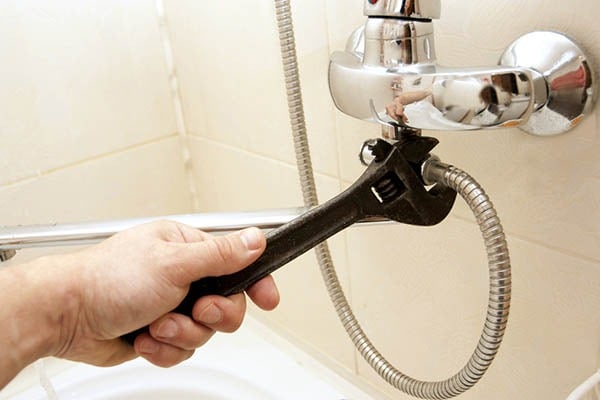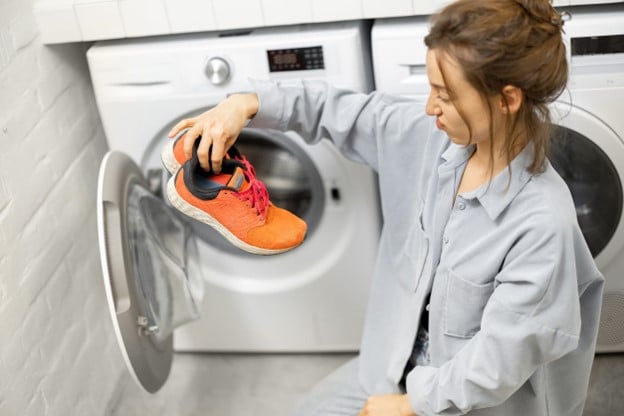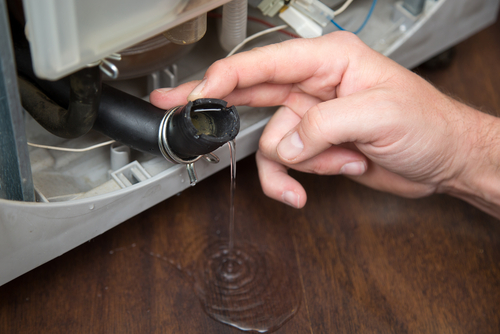Understanding shower diverter valves
So, what is a shower diverter valve exactly? It’s a crucial component in your bathroom’s plumbing system, designed to redirect water flow between different outlets. This simple device allows you to switch effortlessly between your tub faucet and shower head, or between multiple shower heads in more advanced setups.
The primary function of a diverter valve is to control the path of water in your plumbing. When engaged, it redirects water from its default path (usually the tub spout) to an alternative outlet (typically the shower head).
There are two main categories of shower diverter valves:
- Tub-to-Shower Diverter: This type allows a bathtub to double as a shower, an efficient solution for bathrooms with limited space.
- Shower Head Diverter: Found near your shower head, this valve lets you toggle between your main shower head and a handheld one, perfect for those hard-to-reach spots.
A closer look at the types of tub diverter valves
A tub-to-shower diverter valve makes your bath-to-shower transition as smooth as possible. Here’s a quick rundown of the three common types:
Three-valve diverter
This diverter valve is between the taps of a two-tap faucet. After using the hot and cold faucets to get the desired shower temperature, the diverter handle is turned clockwise to redirect the water flow to the shower head. Turning the handle counterclockwise returns the flow to the tub.
Two-valve diverter
This type of diverter has two L-shaped valves and can be located in the center of a faucet that adjusts water temperature with a single dial or between the taps of a two-tap faucet. After the desired shower temperature is set, turning the handle redirects water from the tub spout to the shower head.
Tee-diverter
This diverter is the part of the tub spout. The diverter handle simply pulls straight up, sending all water from the tub spout to the shower head.




